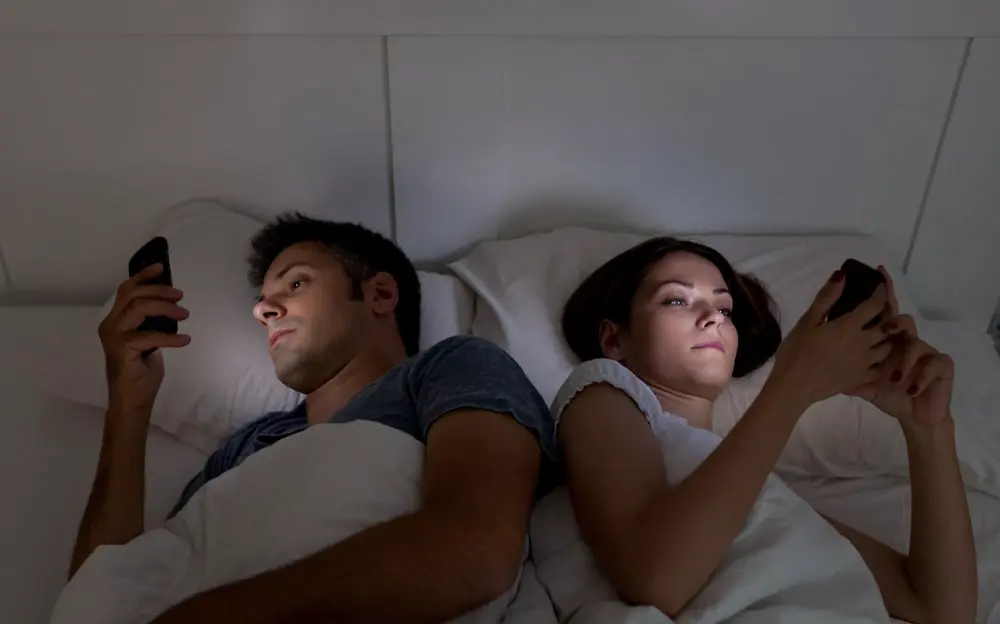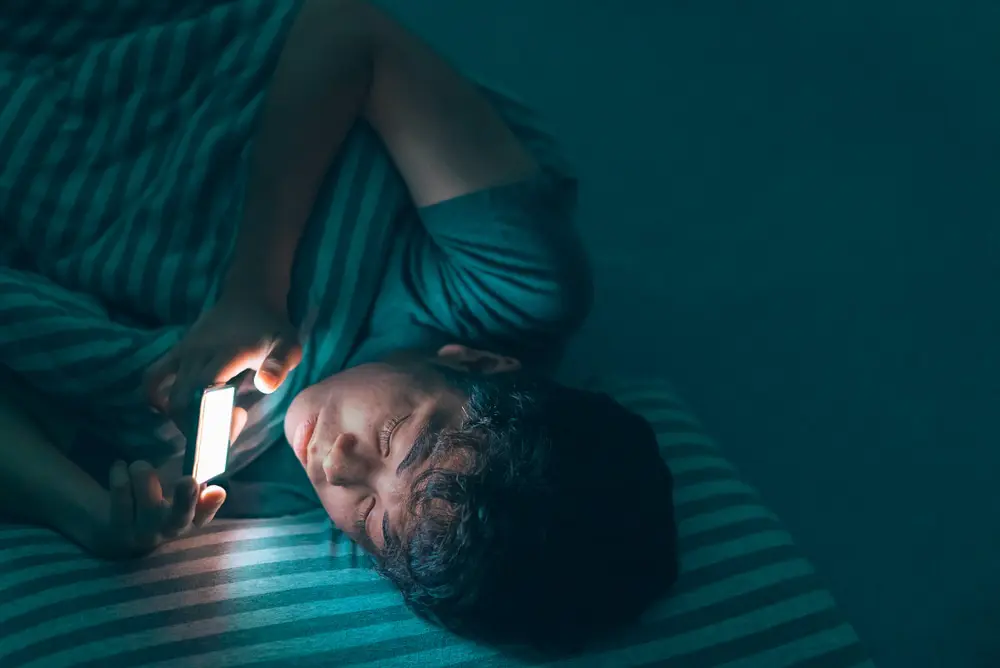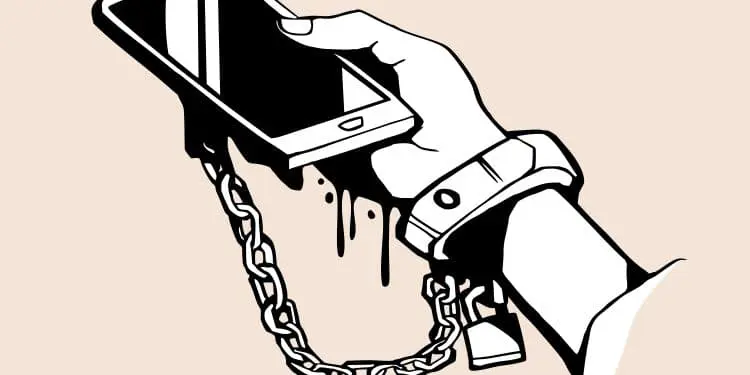All of the following statistics come from SlickText’s 2021 “Smartphone Addiction Statistics” blog, here.
Most of us are probably well aware that we are facing some societal issues right now when it comes to our phones. “Phone addiction” is an increasingly popular topic of conversation and it appears that it is something that has only become more prevalent since the eruption of Covid-19.
If this is something you are interested in learning a little more about, you’ve landed in exactly the right place today.
In this blog, we have picked our favourite 6 smartphone statistics from SlickText’s findings mentioned above. We’re going to talk a little about these statistics and what larger themes they highlight.
After reading these yourself, I imagine you will have your eyes opened just as much as we did in compiling these figures.
It’s food for thought, that’s for sure.
47% of parents believe their child has a smartphone addiction

When it comes to accurately figuring out phone trends with children, it’s a much better idea to look and see how their parents feel about it, as they are the ones witnessing behaviour and its effects.
Nearly half of parents surveyed believe their child has a smartphone addiction. Not a tendency, not a hobby, an addiction. This is a pretty big deal and spells trouble for the future.
67% of teachers have noticed a negative impact on attention due to smartphone use
Again, looking to the adults surrounding children and young adults to comment on their behaviour is a great way to get an insight into how their habits are affecting their overall life from an outside perspective.
Nearly two-thirds of teachers think that smartphones have a negative impact on attention due to phones and so what does this tell us about children’s futures and educations?
The negative link between education and phone use isn’t great news.
66% of the population show signs of “nomophobia”, which means fear of being without your phone
This statistic is the one I found the most shocking from all of these figures.
For something to develop as a fear for such a large percentage of the population means that our phones have a very tight grip on us right now.
I think that this figure shows how the issue of phone usage and addiction is worsening over time and continues to turn into something much deeper and much more serious.
87% of smartphone users check their device within an hour of going to sleep or waking up, and 69% check their phone within the first five minutes of waking up

This statistic highlights that our phones have become the centre of our thinking. They dominate our routines and are at the forefront of our minds, seemingly most of the time.
If we think about something as soon as we wake up, we need to reconsider how much power this thing has over us and how much space it takes up in our minds.
20% of people would rather go without their shoes for a week than their phone
This one speaks for itself.
I have no comment for it.
There was a 39% increase in daily hourly smartphone use in 2020

This figure shows the effect of Covid-19 on our moods, habits, and phone usage.
For phone usage to go up so significantly it shows that, yes, we were home more during the pandemic and needed to communicate with each other more virtually, but also that we rely on our phones for comfort when we feel down or scared.
Phones have become our crutch and this is a lot of power for one little device to hold.
These figures are pretty shocking and they highlight that the majority of us need to do some important reflection on how we use our phones and why.
Don’t you think?

